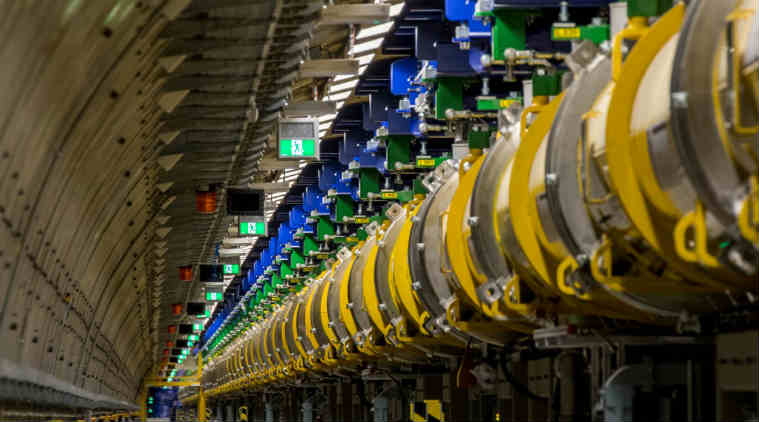World’s biggest X-ray goes into operation in Germany
Scientists in Germany say the world's largest X-ray laser is now in operation and will help them capture images of structures and processes at an atomic level.
 The DESY research center near Hamburg said the laser that went online Friday flashes 27,000 pulses per second, resulting in a luminance a billion times higher than the best conventional X-ray sources. (Image Source: DESY research center)
The DESY research center near Hamburg said the laser that went online Friday flashes 27,000 pulses per second, resulting in a luminance a billion times higher than the best conventional X-ray sources. (Image Source: DESY research center)
Scientists in Germany say the world’s largest X-ray laser is now in operation and will help them capture images of structures and processes at an atomic level.
The DESY research center near Hamburg said the laser that went online Friday flashes 27,000 pulses per second, resulting in a luminance a billion times higher than the best conventional X-ray sources. The array is a 3.4-kilometre long underground system, similar to the Large Hadron Collider, that found evidence of the Higgs boson particle, at Cern, Switzerland.
DESY says it will enable researchers “to decipher the molecular composition of viruses and cells, take three-dimensional images of the nanoworld, film chemical reactions and study processes occurring deep inside planets.”
Scientists hope the European XFEL project will open up new areas of research. This is expected to majorly benefit atomic models, where an advanced understanding of biomolecular structures and process will be studied. The laser array will also be able to show processes that can analyse biomolecular reactions, the basis for drug synthesis and modification.
Institutions from Germany, France, Italy, Poland, Russia, Spain, Sweden, Switzerland and other countries are involved in the project. Scientists interested in applying for the project need to consider the ‘beam time’, the research period of 1-2 weeks that each project group shall be allocated.
Laser beams have been on in Hamburg since August 28, in anticipation of the launch. Researchers are preparing their first experiments, which have been scheduled for mid-September.







